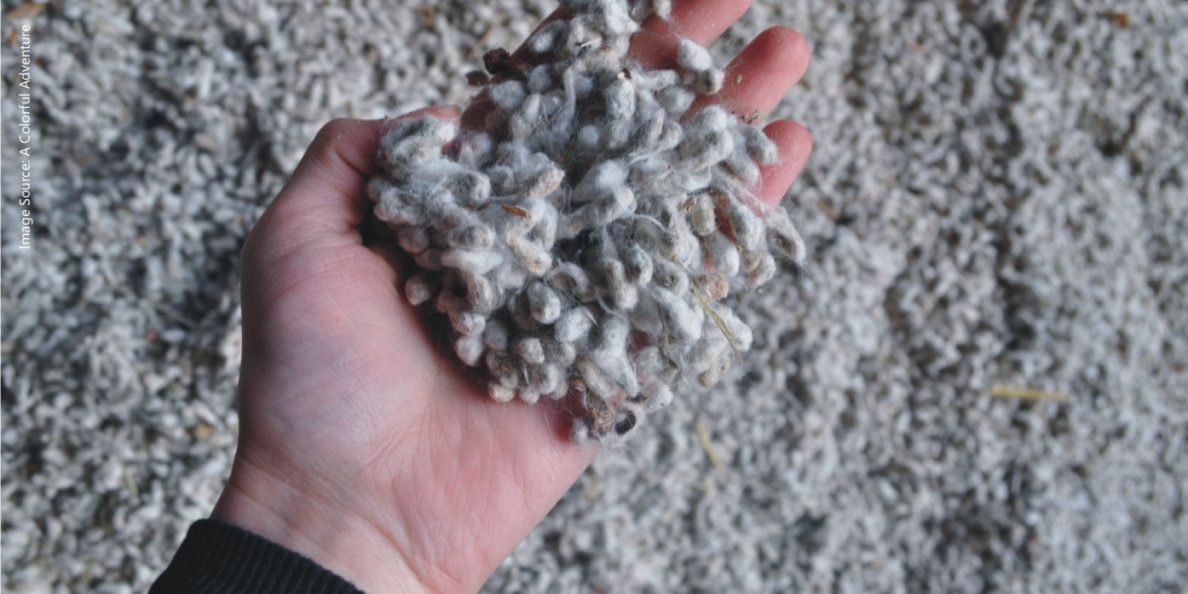There is often a delicate balance of what’s needed by the various sectors of the cotton industry to be successful. Case in point: cottonseed.
That point was driven home by Jane Dever, professor and project leader, Cotton Improvement Program, Texas A&M, at the 2018 Southern Cotton Ginners Association meeting held in Biloxi, Miss.
To set the stage, Dever opened with several stories.
“Our breeding program in Lubbock gets a lot of support from farmers, gins and warehouses. I don’t take it for granted.
“In March, after one of our research review meetings, one of the farmers came up to me and asked what happened to a particular variety? ‘I really liked that variety and it disappeared after I planted it for a year.’
“I just kind of smiled. It was a good variety and there had been success with that type in south Texas. The thought was ‘here’s a good variety that’s really good, high-quality, it’s early-maturing and adapted to the High Plains. Let’s capitalize on the success and put it out here.’”
Unfortunately, once the seed production blocks hit the gin, the seed started cracking. “‘Oh, that’s not good.’ It had only been out for a year and no one was attached to it yet, so it was pulled from the market. Adding seed coat strength as an objective in the breeding program was a positive outcome.”
Another story was about a variety that was released for improved gin turnout.
Shortly after it hit the market, “seed coat fragments started showing up in the fiber. The result was introducing testing at the research gin to measure fiber-seed attachment force as an objective for the breeding program.
“Other varieties have been very successful because of yield performance notwithstanding small seed size. The success of some of these varieties actually continues to drive the limits on seed size.”
Production
Many varietal issues that affect commercial ginning may not be observed until the seed production stage, said Dever.
“The important thing is to identify these issues early and incorporate them as objectives in the breeding program. That’s what breeding is for: to effect positive change and break negative correlations.
“Yield components in cotton are complex. Selecting for one will affect another. The only way breeders know if a trait is negative to other cotton industry stakeholders is if they receive feedback.
“The most predictive yield component in cotton is still the number of seeds produced per acre. Not the size of the seeds or the number or weight of fibers per seed — and cotton is much more complex than other crops — but the number of seeds per acre.”
Major issues
At the end of her talk, Dever discussed several broad issues important to the cotton industry.
First up: ultra-low gossypol cotton.
“Do we need to think about if we, as an industry, adopt this should it be done Beltwide in all varieties to mitigate comingling issues? ... How much value can we expect just improving current seed markets as opposed to creating new ones?”
Dever spoke about her first breeding job 35 years ago in west Texas. “At that time, we had low micronaire issues on the High Plains and the breeders were selecting for as high a micronaire as possible. That way, if there’s an early freeze or cold nights, it’ll still hit the loan target for micronaire.”
From an economic standpoint that might make sense, “but from a technical standpoint that’s the worst thing you can do. Today, small seed may be associated with higher lint percent, but from a production standpoint, lower seed vigor. If breeders concentrate only on the production issue, and select for heavier or more dense seed while keeping seed dimensions small, that’s ignoring technical seed size issues post-harvest.”
Πηγή: Western Farmpress

